RARE BOOKS
French Neo-Gothic Typography and Printing Masterpiece
Jean Midolle. Recueil ou Alphabet de lettres initiales, historiques avec bordures et fleurons d’après le 14 et 15 siècles. Gand [Ghent], G. Jacqmain, 1846.
The title leaf and 24 chromolithographic plates were printed on porcelain coated paper, one for each letter of the alphabet (I and J were interchangeable, and W was not part of the Latin alphabet), housed in a modern black buckram portfolio with morocco title label in gilt. The work of Jean Midolle (1797-1846?), the artist responsible for the designs here, celebrated Gothic imagery through numerous portfolios of letterforms and typographical characters during the 1830s-40s.
Midolle was a French painter, compositor, paleographer, and graphic artist, especially active in Strasburg in the 1830s, who worked with the lithographic firm of Émile Simon, fils, and others, publishing similar portfolios, such as Spécimen des écritures modernes (Emile Simon fils, (1835) and Traité complet d’ecritures en tous genres et d’ornements moyen-aĝe (Tribelhorn, c.1840).
This example of chromolithographic printing demonstrates the height of technique and artistic skill of its time.
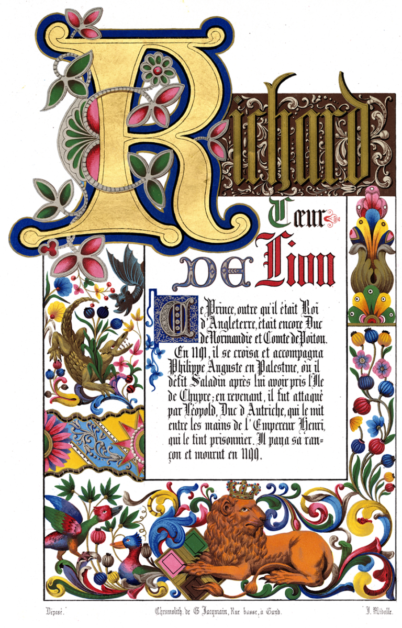
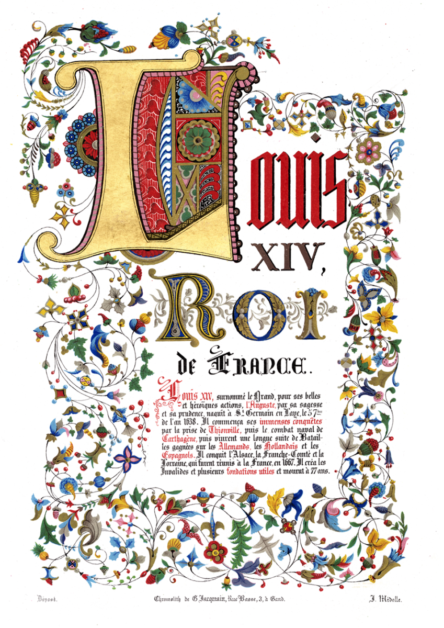
Typography Books Added to Special Collections
With thanks to John Neal, Special Collections deepened our holdings of typography and calligraphy related books. These resources add value to our book arts collection, making them accessible to the UNCG and wider community. Look for more featured items from this generous donation in future newsletter issues.
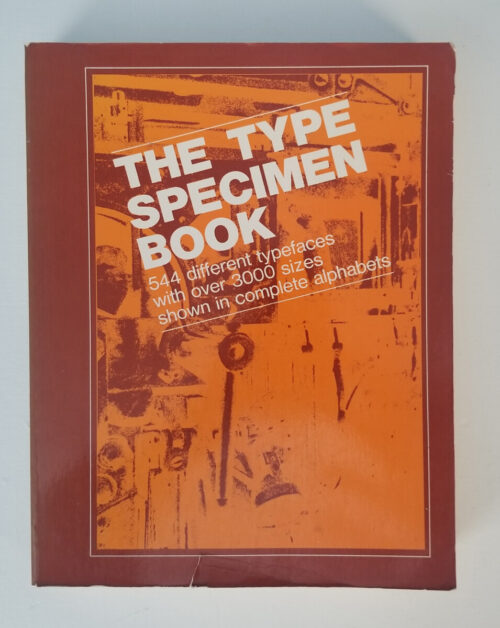
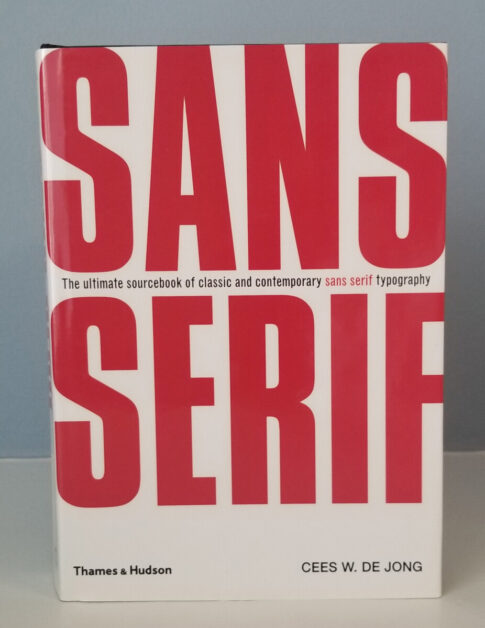
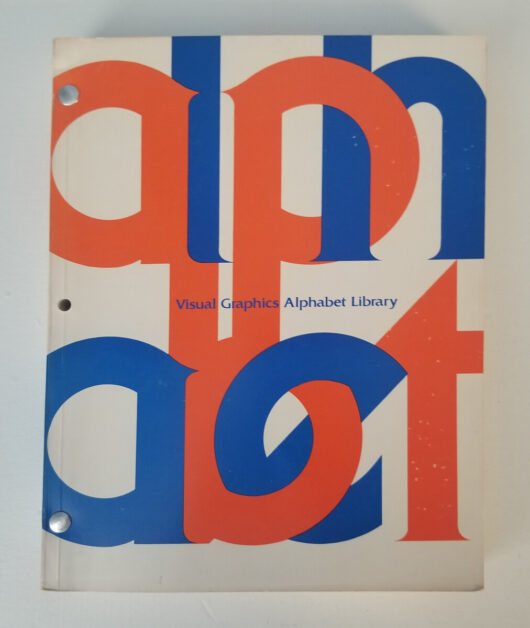
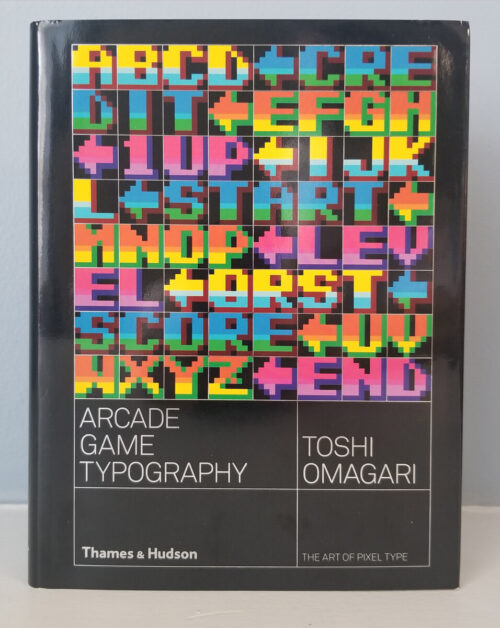
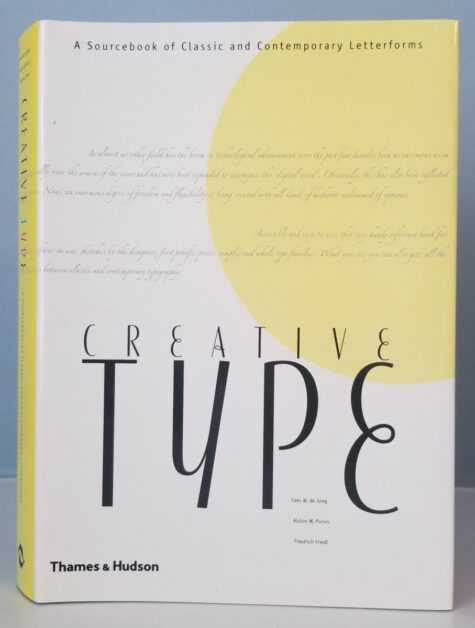
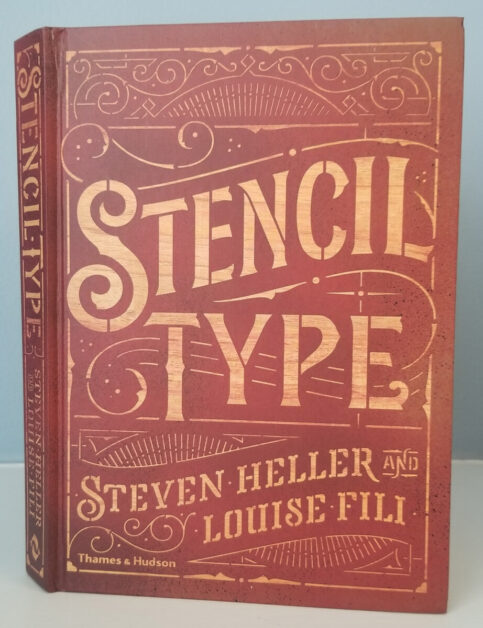
Lower Row, Left to Right: Omagari, Toshi, and Kiyonori Muroga. Arcade Game Typography : The Art of Pixel Type. Thames and Hudson, 2019., Jong, Cees de, et al. Creative Type : A Sourcebook of Classic and Contemporary Letterforms. Thames & Hudson, 2005., Heller, Steven, and Louise Fili. Stencil Type. Thames and Hudson, 2015.
Documenting North Carolina Foodways
Adding to SCUA’s cookbook and cookery holdings are donations from Foy Allen Edelman, whose research focuses on North Carolina foodways. The books displayed below is just a smattering of materials donated by Edelman and other donors.
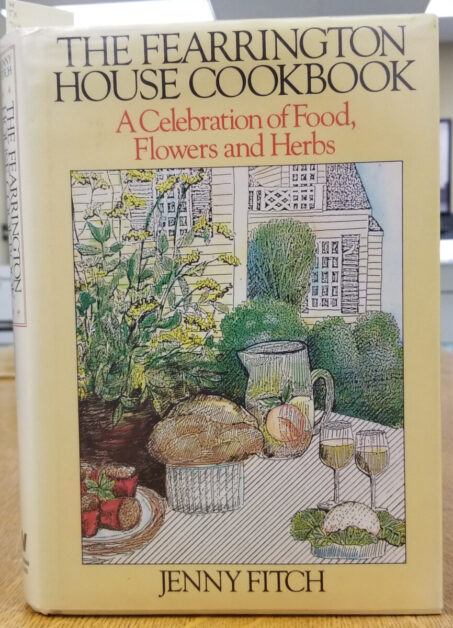
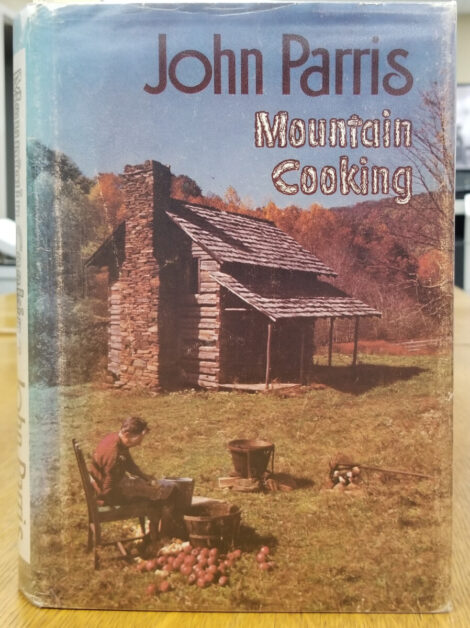
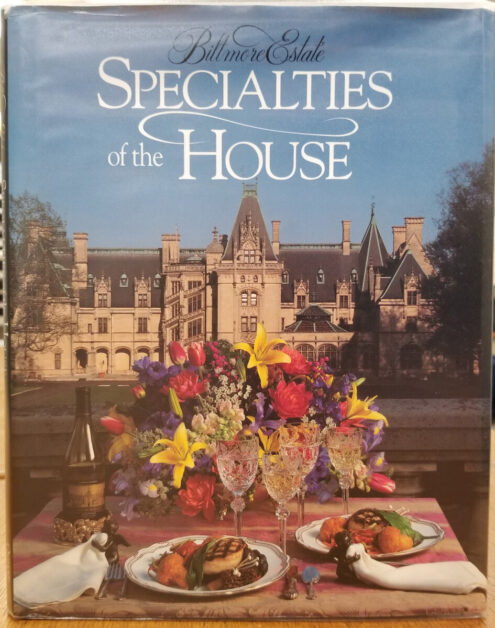
MANUSCRIPTS
Chaim Zembach Papers
Chaim Zemach (Burgas, Bulgaria: May 7, 1929 – New York, NY: January 9, 2022). At the age of nine years old, he began studying cello. In 1943, Zemach and his parents immigrated to Palestine, fleeing from the Holocaust during World War II. Continuing his musical education, Zemach studied at the Tel Aviv Conservatory with Daniel Hofmekler and Joachim Stutschewsky. Later, he studied with André Navarra, Paul Tortelier, and Gaspar Cassadó.
In 1950, after serving in the Israeli army for two years, Zemach joined the Israeli Philharmonic, auditioning under Serge Koussevitzky and Leonard Bernstein, and was engaged on the eve of the first US tour. He remained with the Philharmonic for eight years. In 1959, Zemach earned the principal celllist position with the Orchestre de la Suisse Romande. In 1964, Zemach was invited to lead the cello section of the Bern Symphony Orchestra by conductor Paul Kletzki.Eventually, Zemach made his way to the United States, playing in the Rochester Philharmonic Orchestra from 1966 to 1969, and serving as principal cellist of the Chautauqua Symphony Orchestra beginning in 1968. In 1971, Leopold Stokowski appointed Zemach to the principal cellist position of the American Symphony Orchestra.
In his later years, Zemach is remembered as an educator. He began teaching in 1960 as a faculty member of the Conservatoire d’Annecy in France while he still lived in Europe. His longest teaching appointment was as cello professor at Montclair State University, from where he would retire in 2002, after 28 years.
Friends and family remember Chaim Zemach for his joie de vivre and his love of learning. He had many hobbies, including learning languages (Spanish, Italian, French, German, English, Bulgarian, Hebrew, Ladino, Russian, Arabic, Turkish, and Mandarin), and traveling the world with Hildegard Zemach, his wife of sixty years. Zemach was featured in A Question of Survival: the complex legacy of the Holocaust in the Balkans, a documentary by Elka Nikolova featuring Bulgarian Shoah survirors.
The Chaim Zemach Personal Papers contain documentation chronicling the cellist’s life, including concert programs, news clippings, and correspondence.
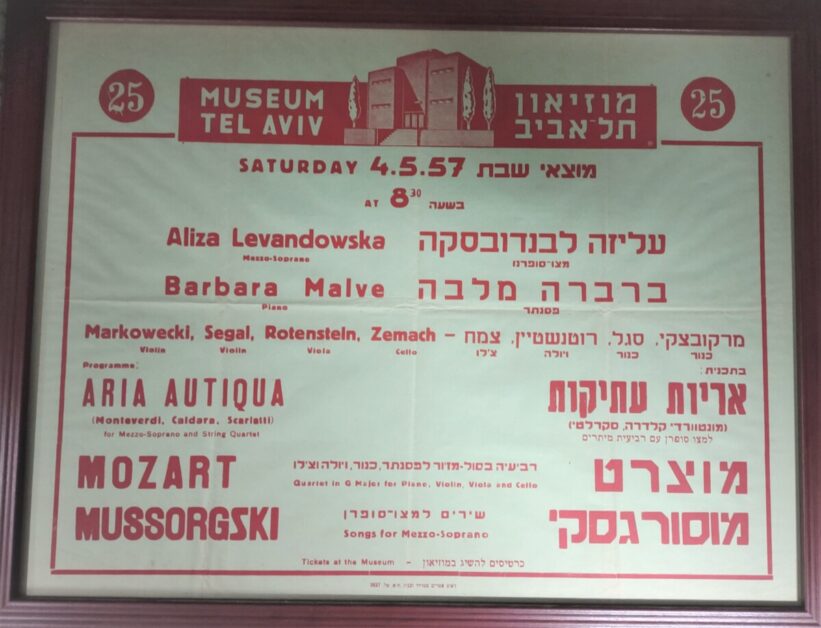
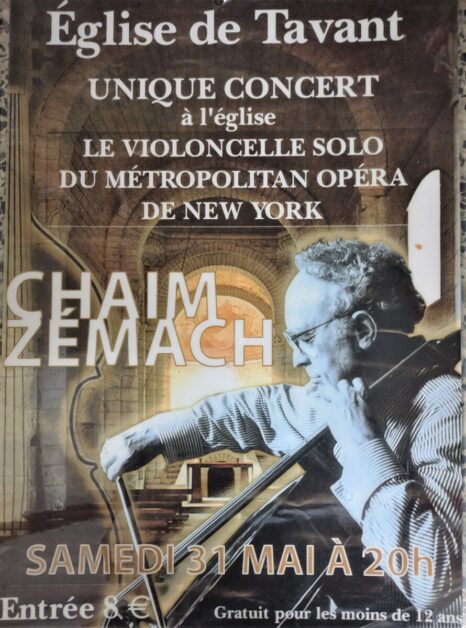
Janet Horvath Cello Music and Personal Papers Collection
Born in Toronto, Canada, Janet Horvath began her cello studies with her father, the acclaimed Hungarian cellist George Horvath (for more information on George Horvath, please see this presentation: https://youtu.be/CsNxZ8JnH_I). Upon reaching college, Horvath studied with Vladimir Orloff, earning a Bachelor of Music with honors from the University of Toronto. She was accepted into the graduate program at Indiana University, where Horvath was a student of János Starker. Horvath’s talent was acknowledged by winning four Governor General’s Performing Arts Awards (Canada), competing as a finalist in the 1978 Munich cello-piano duo competition with Arthur Rowe (pianist), and as one of six finalists in the 1980 Budapest International Cello Competition.
Horvath won the position of Associate Principal Cello of the Indianapolis Symphony Orchestra, and served in that position from 1977-1979. In 1979, Horvath participated in the Marlboro Music Festival, after which, she was invited to tour through the United States in a quintet representing “Music from Marlboro”. By 1980, Horvath earned the Associate Principal Cello position with the Minnesota Orchestra, where she performed until her retirement in 2012. She has appeared as soloist with orchestra, and in recital and chamber music throughout the United States, Canada, and Europe including for the BBC, CBC, NPR radio stations and with the Minnesota Orchestra, The Milwaukee Symphony, The Indianapolis Symphony, The Fargo-Moorhead Symphony and for Mainly Mozart, Tanglewood, and Blossom Music Festivals. Horvath performed the US premiere of Hindemith’s Concerto for Cello and Orchestra in E flat major, op. 3, directed by Edo de Waart in 1987.
Janet Horvath is an award-winning advocate for the prevention of injuries in musicians. As a student, Horvath suffered an injury that made her aware of how physical pain and mobility issues can derail musicians. She has worked with instrumentalists to establish a holistic approach: playing with ease and eloquence, while preserving good posture and maintaining comfort. Advising performers how to avoid and heal such ailments became a lifelong passion. In 1987, Horvath organized the first “Playing Hurt” Conference in Minneapolis, which was co-sponsored by the Minnesota Orchestral Association and the University of Minnesota. Over 500 people participated. Since then her masterclasses, conferences, workshops, and seminars have been praised by both amateur and professional musicians, teachers and students, and health care providers. Her presentations include for the San Francisco Symphony, Utah Symphony, Indianapolis Symphony, Boston Symphony Orchestra, and at colleges, conservatories, and conferences from coast to coast. Horvath’s efforts to raise awareness of the effects of performance injuries led to national attention and her work has been featured by the Performing Arts Medicine Association and in national and international music publications—Musical America, Chamber Music America, Strings Magazine, The Brass Herald, and Strad Magazine among others. Horvath’s work culminated in the publication of the critically acclaimed book, Playing (less) Hurt – An Injury Prevention Guide for Musicians, which won the gold medal at the 2009 IPPY awards. The current edition of the book is published by Hal Leonard.
Horvath continues to devote her time to writing after earning an MFA in Creative Writing from Hamline University, Saint Paul, MN in 2017. A contributing writer for the online classical music e-magazine Interlude.HK , she has penned over 350 feature articles about music and musicians.
Horvath’s current project is authoring a book devoted to her parents’ experiences during the Holocaust, and the insights of growing up in the shadow of the Shoah. George Horvath, Janet’s father, a Holocaust survivor, played hundreds of morale building concerts in Displaced Persons camps throughout Bavaria for Holocaust survivors like himself after his liberation from the slave labor camps. Horvath’s non-fiction memoir will soon be in production.
The Janet Horvath Cello Music and Personal Papers collection contains sheet music annotated by Horvath, as well as the extensive notes, research materials, and manuscripts devoted to her seminars and her book relating to musician injuries. A small portion of the collection also contains material by or about George Horvath. Janet Horvath is the 24th cellist to be represented in the UNCG Cello Music Collection (and the fourth woman).
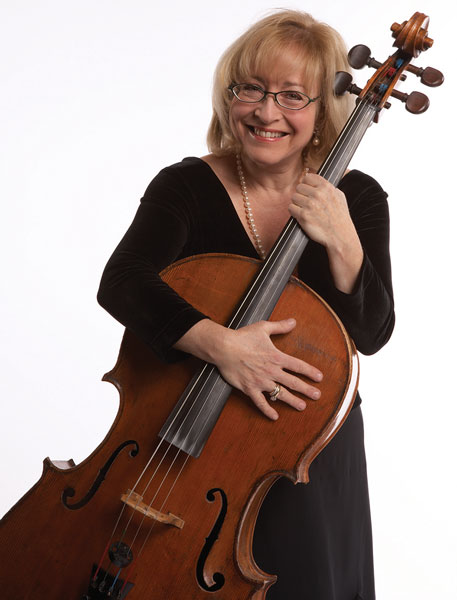
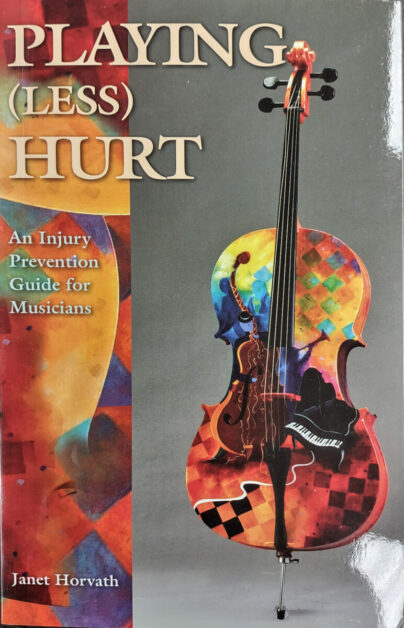
Martha Gerschefski Cello Music and Personal Papers Collection.
Gerschefski (b.1941 – ) was born in Spartanburg, SC and began studying cello at the age of 7. In 1954, when she was 13 years old, Gerschefski was accepted into the Juilliard School of Music, where she received her performance diploma. Her primary teachers were Luigi Silva and Isidore Cohen, but she also studied with Colin Hampton and Fritz Magg. After Juilliard, Gerschefski auditioned for André Navarra and was accepted for private study in Paris with Navarra, Nadia Boulanger, and Edward Mattos. She was awarded a scholarship to study at Siena, Italy in the Accademia Musicale Chigiana, where she earned a Diploma of Merit. Later, Gerschefski studied all of Bloch’s works for cello with Zara Nelsova.
At the age of 19, Gerschefski was the first woman selected by Leopold Stokowski for the American Symphony Orchestra (Assistant Principal Cellist), where she performed for two years. After playing for Stokowski, Gerschefski traveled to Europe in 1967 and concertized widely under the auspices of the US State Department Cultural Presentations Abroad program. In 1970, Gerschefski returned to the US and toured. After settling in Georgia to perform and teach, she has served as Principal Cellist for the Atlanta Chamber Orchestra and the Atlanta Ballet.
Gerschefski has been a beloved teacher of the cello in the United States for decades. She has served as faculty at Columbus College and Auburn University. At Georgia State University, from where she would retire (1999-2008), Gerschefski served as professor of cello performance and chamber music. Gerschefski founded Georgia State University’s University Cello Choir, the Westminster Schools String Quartet Program in Atlanta GA, and co-founded and served as director of the Georgia Academy of Music. She has presented classes and workshops throughout the USA, Canada, and Central and South America. Several of her students have won first prizes in national competitions. Gerschefski translated many of her teachings into 12 published cello methods volumes, available through Edizioni Migliori. She and Barbara Mueser also published an edited set of the Bach Suites, also available from the same publisher.
Gerschefski received many awards and accolades throughout her life. She was the winner of the Koussevitzky Prize and Martha Baird Rockefeller grant for study abroad. In 1995, she won the American String Teachers’ Association Georgia Educator of the Year award. She was the recipient of the Outstanding Teaching Award at Georgia State University College of Arts and Sciences in 2000 and the awardee of the Teacher Recognition Certificate by the National Foundation for the Advancement of the Arts.
After retiring from Georgia State University, Gerschefski devoted her time to being a private teacher in her home studio at South Carolina’s Lake Bowen, where she lives with her husband Clint Schaum.
The Martha Gerschefski Cello Music and Personal Papers Collection contains the vast treasure of Gerschefski’s teaching materials, as well as notes related to the lessons with her great teachers. Her collection includes an impressive library of cello choir music, reflecting her time conducting the Georgia State University Cello Choir. Gerschefski’s performance career is documented further through her annotated sheet music, personal papers, and scrapbooks.
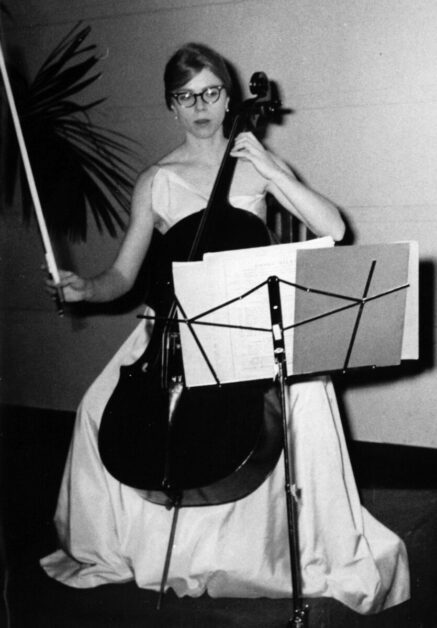
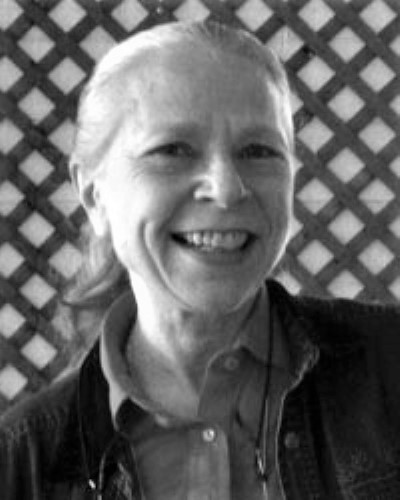
WOMEN VETERANS HISTORICAL PROJECT
Military Women Across the Nation Collection
Formerly known as “WAVES National”, MWAN (Military Women Across the Nation) is a non-profit organization dedicated to Keeping female veterans connected with each other and preserving their history. The collection includes uniforms and artifacts, unit and individuals’ scrapbooks, and documentation of the organization with newsletters, annual conference materials, as well as other publications.

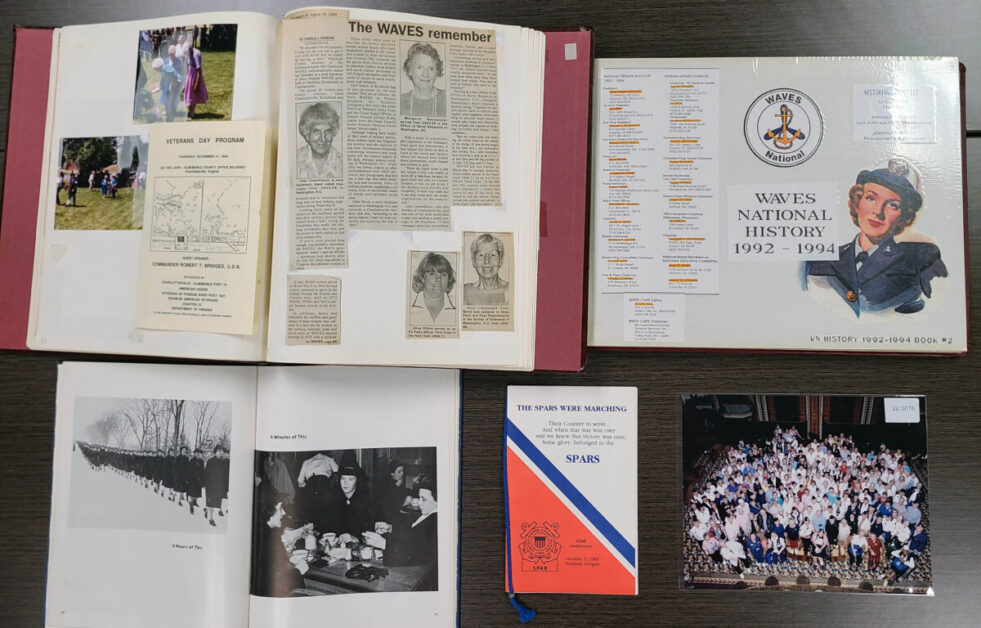
Photo Album and Scrap Book Documenting the Oklahoma County American Red Cross Canteen
This album documents the Oklahoma City, OK American Red Cross Canteen Service from 1918-1919 which supplied soldiers on troop trains with care packages, sandwiches and coffee. After a canteen building was constructed the women served an average of 6,000 men a month. By the time the canteen closed, they’d served around 75,000 men. The album includes photographs, newspaper clippings, ephemera, and letters from soldiers.
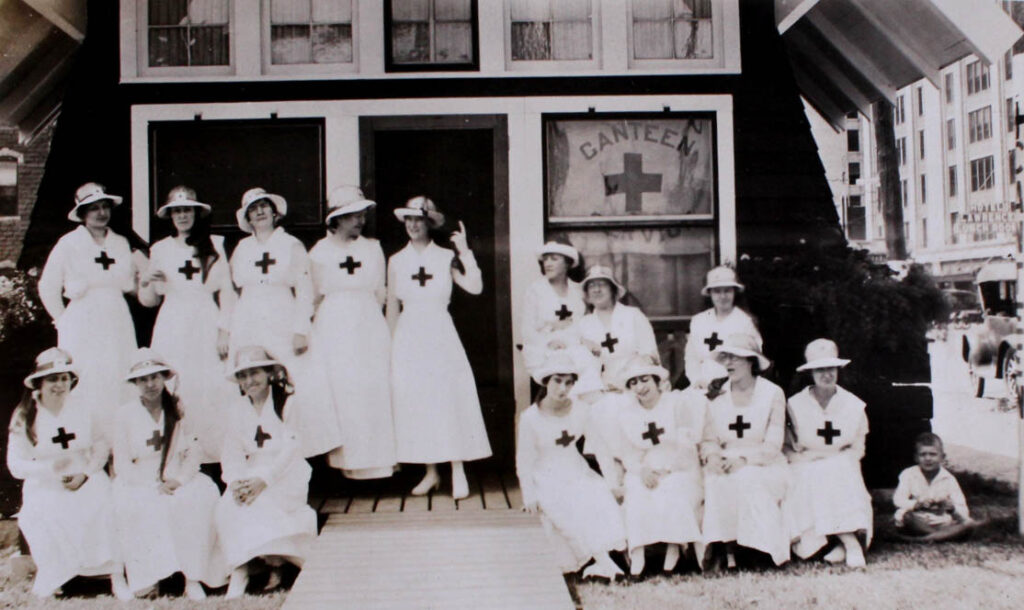
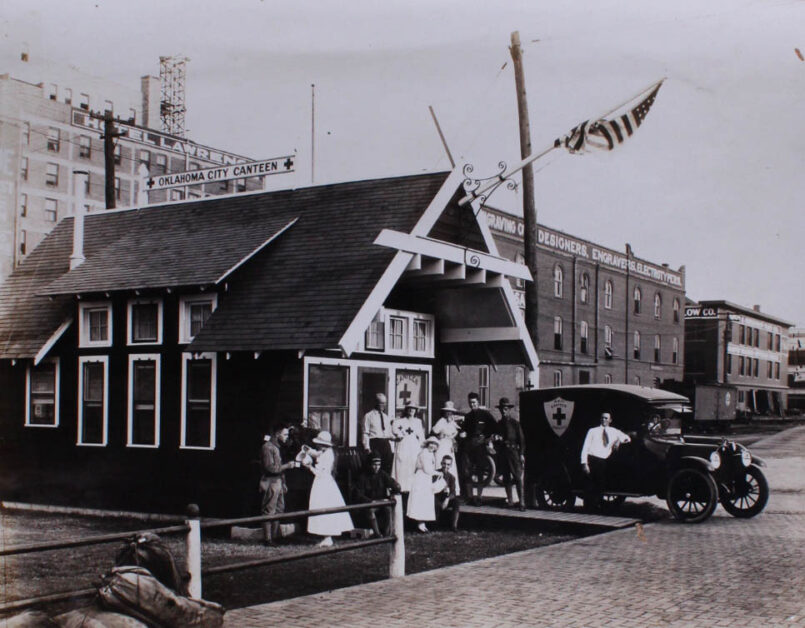
UNIVERSITY ARCHIVES
Alumnae Secretaries’ Garden Plaque
This plaque was located in the beautiful boxwood and English-style garden, created to honor the alumnae secretaries who have served the Alumnae Association throughout the history of the University. Charles O. Bell, Superintendent of Landscaping and Grounds, designed the garden in 1964. Renovations for the Alumnae Secretaries’ Garden were made by a generous gift from Susan Seeker Jones (Class of 1978) in memory of her parents, Iris and “Bud” Seeker. There is now a new updated plaque located in the garden.
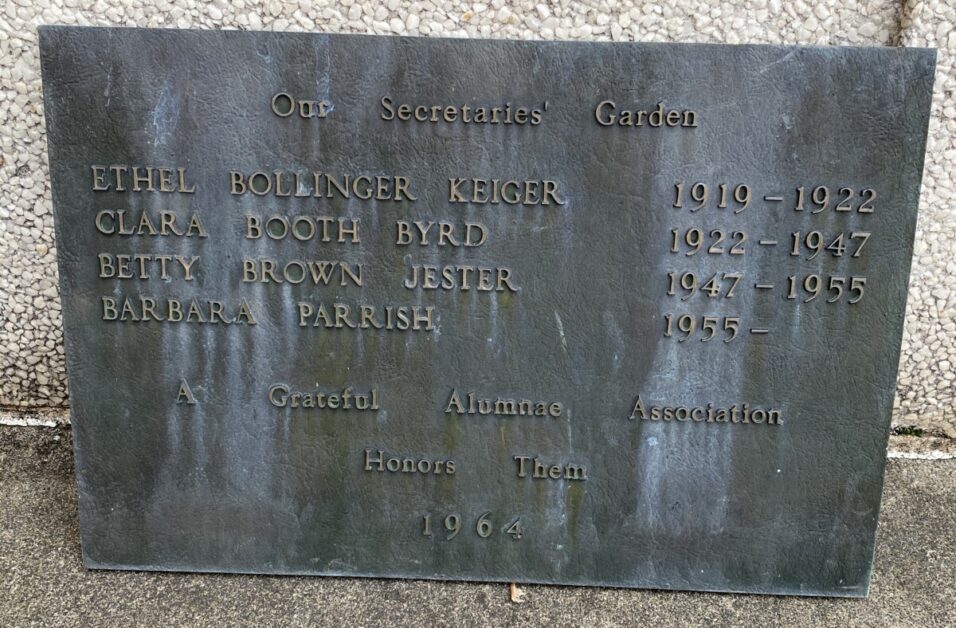
Graduation Banners
Nine Commencement Banners were transferred from the Alumni House to SCUA, as there are new banners being created to use at future events.

One thought on “New Acquistions: Summer 2022”